Sven Askes is a researcher at VU Amsterdam and AMOLF. He researches how to control chemical reactions with catalysts and light.
What kind of research do you do?
’I work with plasmonic nanoparticles, which have very strong interactions with light. These are nanoparticles made of noble metals such as gold, copper and silver, but I also work with other materials - titanium nitride and hafnium nitride. These strong light-matter interactions make them attractive for photocatalysis. They react very differently in the light than in the dark, because different reaction mechanisms can take place in the light. You can do reactions that are difficult to do anyway with these kinds of systems. This is why the field is so exciting. It is still in its infancy and hopefully something relevant will come out of it.’
What are your hopes?
’My big dream is to replace classical thermal catalysis with light-driven catalysis, using sunlight or other sustainable energy sources. For example, to make plastics or ammonia - the big industrial chemical reactions. It is still very difficult to introduce light into such a reactor. That is the big drawback of the field. A more realistic goal is to look at reactions that are difficult with thermal catalysis, such as carbon-carbon coupling. If we can do these more easily with light, it could be of huge societal importance.’
What kind of experiments do you do on a daily basis?
’Making nanoparticles, illuminating nanoparticles and seeing what kind of catalytic reactions we can do with them, but I also do a lot of work in the clean room at AMOLF. I’m in a physics environment, so we’re looking at fundamental processes. How does light interact with matter? How do we measure molecules at the nanoscale? What happens with heat transfer on a picosecond time scale? It’s a wide range of topics with a lot of fundamental questions.’


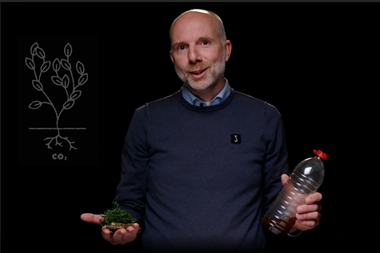
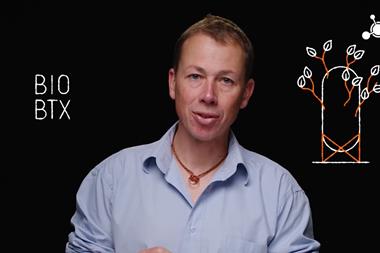
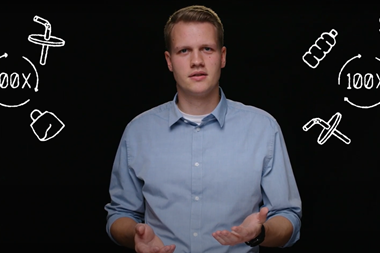

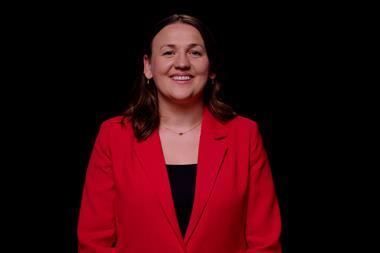
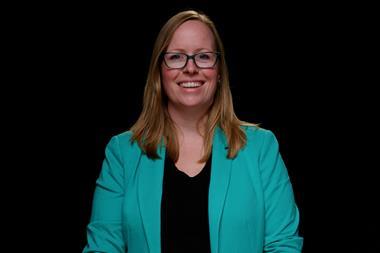

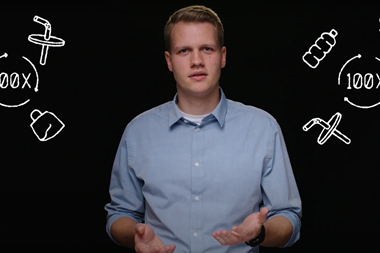










Nog geen opmerkingen